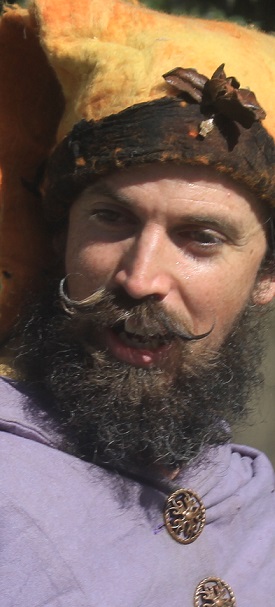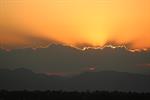Study Photographic lighting equipment and techniques
 Understand the nature of light
Understand the nature of light- Natural and artificial light
- Apply this knowledge to photography
Duration: 100 Hours (you study at your own pace).
Learn to use light and lighting equipment to take better photos.
" I have never found the staff at any other learning institution as supportive as the staff at ACS. This gives one a lot of peace of mind and confidence to go on - at every squeak from my side, you guys have always been there, immediately to sort me out. The feedback on my lessons has always been really good and meaningful and an important source of my learning. Thanks!..."
- Student with ACS
COURSE STRUCTURE
There are eight lessons in this module as follows:
1. Light Characteristics and Lighting Concepts
2. Light Sources – continuous and flash
3. Meters and Filters
4. Other Equipment for Lighting
5. Contrast and Composition
6. The Zone System
7. Studio Lighting
8. On-Location Lighting
COURSE AIMS
- Discuss the scope and nature of lighting as relevant to photography.
- Describe how different light sources will affect different images in varying ways.
- Describe how different filters can be used to create different lighting effects.
- Identify the differences between different types of light meters.
- Describe the range of equipment which can be used to help achieve more desirable light conditions for photography.
- Explain contrast and how to compensate for imperfect light conditions.
- Explain how to use tone to create the desired final image.
- Distinguish between utilisation of light in a studio and on location.
WHAT YOU WILL DO IN THIS COURSE
This course involves far more than just reading and answering questions. Below are some of the activities you will do as part of your study:
- Investigate different film types with respect to suitability for different light conditions
- Set up and use a “Computation Folder”
- Shoot photos of different subjects under a variety of light conditions
- Apply the zone system to different situations
- Analyse the lighting effects in various photos
- Research the characteristics and uses of different types of equipment
 Understanding Light is A Key Part of Being a Good Photographer
Understanding Light is A Key Part of Being a Good Photographer
Light is part of the electromagnetic spectrum.
The electromagnetic spectrum is a representation band of all the electromagnetic waves, arranged based on their wavelength and frequencies. The spectrum starts with radio waves which have the lowest frequency, all the way up to gamma rays which have the highest frequency.
We are not able to see all the waves on the electromagnetic spectrum; in fact, only a small portion of the waves represented on the spectrum can be seen by humans. This band is called ‘the visible light spectrum’.
Visible light is made of several component lights. If you place a prism in front of white light such as light from the sun or light from a lamp for example, the prism will break up white light into 7 component colours which are known as the colours of the. Seven component colours are:
- Red
- Orange
- Yellow
- Green
- Blue
- Indigo
- Violet
Each of these colours has a different wavelength and a different frequency, and for this reason, these are sometimes represented in a separate spectrum called ‘the visible light spectrum’ and of course we see white light too.
Natural Light
Natural light can vary throughout the day, through the seasons, and differ in various locations. The colour of the light may be warm (with a predominance of red), or cold (with a high proportion of blue or green), the sun may be high in the sky (casting short shadows), or low on the horizon (casting long shadows); or there may be no shadows due to clouds, rain, fog, mist.
The effect of back lighting and top lighting using existing natural light can have dramatic effects. To assess the light situation, it is important to look at the site both through your eyes and the lens.
The viewpoint is also related to light. Scenery may be dull from one standing point, but may dramatically alter if the camera is moved a few metres left or right. The shadows, the light reflections, the highlights may make the new viewpoint better.
Natural reflective light needs consideration. Light bouncing from coloured or plain walls, tiles, floors, etc. will impact on the colour tones of the items to be photographed.
Are these colour modifications a benefit or disadvantage? The photographer may need to shield some of these reflective lights or might increase them.
Artificial Light
Artificial light can be more complicated at times than natural light; but in other respects, it can be controllable, and for a photographer who understands light, that can be a big advantage.
This course is all about building your understanding of light, and how to work with it for better photography.
WHAT NEXT?
Register to Study - Go to “It’s Easy to Enrol” box at the top of the page and you can enrol now.
or
Get Advice – Email us at info@acsedu.co.uk OR
Use our FREE COUNSELLING SERVICE to contact a tutor
CLICK TO CONTACT US